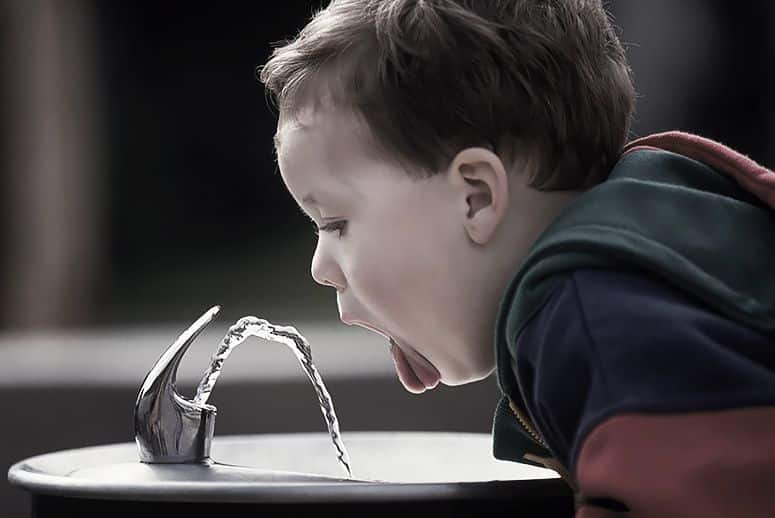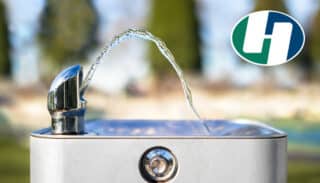Researchers at Harvard say most children and teens are at least a bit dehydrated.
According to the results of a new study from researchers at Harvard, more than half of the nation’s children and teens are dehydrated. And, shockingly, about 25 percent of kids don’t drink water daily.
That’s the key finding of the national study, which was published in the American Journal of Public Health late last week. The researchers initially set out to study the effect on adolescents of sugar-laden beverages such as soda and fruit juice. As they analyzed data on more than 4,100 participants ages 6 to 19 in the National Health and Nutrition Examination Survey from 2009 to 2012, they discovered that most kids are mildly dehydrated.
The researchers found that boys are the most likely to not drink water. Boys were 76 percent more likely than girls to be dehydrated, and black children were 34 percent more likely than their white, Hispanic, and Asian American peers to be inadequately hydrated.
So, Why Should You Care? “These findings are significant because they highlight a potential health issue that has not been given a whole lot of attention in the past,” the study’s lead author, Erica Kenney, said in a statement. “Even though for most of these kids this is not an immediate, dramatic health threat, this is an issue that could really be reducing quality of life and well-being for many, many children and youth.”
Indeed, we learn in biology class that the average adult human body is more than 60 percent water, and the brain and heart are nearly three-fourths H2O. “Although excessive dehydration is associated with serious health problems, even mild dehydration can cause issues, including headaches, irritability, poorer physical performance, and reduced cognitive functioning,” the study’s authors wrote.
That means schoolkids may be irritable or have a tough time concentrating on their studies. Even though they may want to sip from a school drinking fountain, students are sometimes grossed out by less-than-clean conditions. Back in 2005, microbiologist Rob Donofrio found that some spigots in Ann Arbor, Michigan, schools had more bacteria than toilets. And with signs over some fountains across the nation instructing kids to run water for 30 seconds before drinking it, children might be worried about what’s in the pipes too.
In the Los Angeles Unified School District, the second-largest in the nation with more than 664,000 students, old pipes and drinking fountains have been repeatedly found to be leaching lead and other harmful substances into drinking water. In some fountains, the level of lead is 400 times the recommended EPA limit. Given the hazard, soda and sports drinks might seem a safer bet to some kids.
“The good news is that this is a public health problem with a simple solution,” said senior author Steven Gortmaker. “If we can focus on helping children drink more water—a low-cost, no-calorie beverage—we can improve their hydration status, which may allow many children to feel better throughout the day and do better in school.”
Source: Take Part
Author: Liz Dwyer





